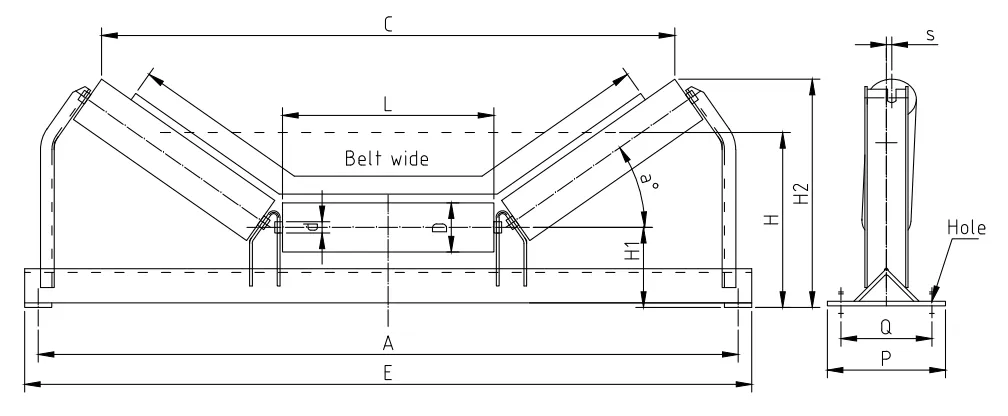 Afrikaans
Afrikaans  Albanian
Albanian  Amharic
Amharic  Arabic
Arabic  Armenian
Armenian  Azerbaijani
Azerbaijani  Basque
Basque  Belarusian
Belarusian  Bengali
Bengali  Bosnian
Bosnian  Bulgarian
Bulgarian  Catalan
Catalan  Cebuano
Cebuano  Corsican
Corsican  Croatian
Croatian  Czech
Czech  Danish
Danish  Dutch
Dutch  English
English  Esperanto
Esperanto  Estonian
Estonian  Finnish
Finnish  French
French  Frisian
Frisian  Galician
Galician  Georgian
Georgian  German
German  Greek
Greek  Gujarati
Gujarati  Haitian Creole
Haitian Creole  hausa
hausa  hawaiian
hawaiian  Hebrew
Hebrew  Hindi
Hindi  Miao
Miao  Hungarian
Hungarian  Icelandic
Icelandic  igbo
igbo  Indonesian
Indonesian  irish
irish  Italian
Italian  Japanese
Japanese  Javanese
Javanese  Kannada
Kannada  kazakh
kazakh  Khmer
Khmer  Rwandese
Rwandese  Korean
Korean  Kurdish
Kurdish  Kyrgyz
Kyrgyz  Lao
Lao  Latin
Latin  Latvian
Latvian  Lithuanian
Lithuanian  Luxembourgish
Luxembourgish  Macedonian
Macedonian  Malgashi
Malgashi  Malay
Malay  Malayalam
Malayalam  Maltese
Maltese  Maori
Maori  Marathi
Marathi  Mongolian
Mongolian  Myanmar
Myanmar  Nepali
Nepali  Norwegian
Norwegian  Norwegian
Norwegian  Occitan
Occitan  Pashto
Pashto  Persian
Persian  Polish
Polish  Portuguese
Portuguese  Punjabi
Punjabi  Romanian
Romanian  Russian
Russian  Samoan
Samoan  Scottish Gaelic
Scottish Gaelic  Serbian
Serbian  Sesotho
Sesotho  Shona
Shona  Sindhi
Sindhi  Sinhala
Sinhala  Slovak
Slovak  Slovenian
Slovenian  Somali
Somali  Spanish
Spanish  Sundanese
Sundanese  Swahili
Swahili  Swedish
Swedish  Tagalog
Tagalog  Tajik
Tajik  Tamil
Tamil  Tatar
Tatar  Telugu
Telugu  Thai
Thai  Turkish
Turkish  Turkmen
Turkmen  Ukrainian
Ukrainian  Urdu
Urdu  Uighur
Uighur  Uzbek
Uzbek  Vietnamese
Vietnamese  Welsh
Welsh  Bantu
Bantu  Yiddish
Yiddish  Yoruba
Yoruba  Zulu
Zulu Essential Components of Conveyor Belt Systems for Efficient Material Handling
Understanding Conveyor Belt System Parts
Conveyor belt systems are integral components in various industries, facilitating the efficient movement of materials and products. These systems consist of several critical parts that work together to ensure smooth operation. Understanding these parts is essential for anyone involved in maintenance, operation, or design of conveyor systems.
1. Conveyor Belt
At the core of any conveyor belt system is the conveyor belt itself. This is the continuous loop that transports materials from one point to another. Conveyor belts come in various materials, including rubber, metal, and plastic, depending on the application and the type of load they will carry. The selection of the right belt material is crucial for durability, flexibility, and resistance to wear and tear.
2. Pulleys
Pulleys play a significant role in the operation of conveyor systems. They are critical for tensioning and guiding the belt. There are typically two types of pulleys drive pulleys, which are powered by a motor, and idler pulleys, which help support and redirect the belt. The proper installation and alignment of these pulleys are vital for preventing belt slippage and ensuring even distribution of weight.
3. Rollers
Rollers are installed along the length of the conveyor to support the moving belt and the materials carried on it. They help reduce friction, allowing the belt to move more smoothly. Various types of rollers exist, including troughing rollers (which help form the belt into a V shape for carrying loose materials) and return rollers (which support the belt on its return path). The selection and installation of rollers affect the overall efficiency of the conveyor system.
4. Motor and Drive System
The motor and drive system are responsible for providing the necessary power to move the conveyor belt. The motor can vary in size and power depending on the conveyor's design and the load it handles. Common types of motors used include AC motors and DC motors, and they often operate through a series of gears or chains to provide the appropriate torque and speed.
conveyor belt system parts

Modern conveyor belt systems often include sophisticated control systems that monitor and regulate the operation of the conveyor. This may include sensors that detect the presence of materials on the belt, adjustable speed settings, and emergency stop functions for safety. Control systems can be manual or automated, depending on the complexity of the operations and the level of technology employed.
6. Structure and Framework
The structure of the conveyor system provides the necessary support for all its components. This framework is typically made of steel or aluminum to ensure strength and stability. It must be designed to accommodate the load capacity while maintaining safety standards. Proper structural design is essential to avoid failures and prolong system life.
7. Safety Features
Safety is paramount in conveyor systems. Various safety features are designed to protect workers and equipment. These include emergency stop buttons, safety guards, and lockout/tagout devices that prevent machinery from being inadvertently energized during maintenance. Ensuring these safety features are in place and regularly maintained is critical for workplace safety.
8. Maintenance and Upkeep
Regular maintenance is vital for ensuring the longevity and efficiency of conveyor belt systems. Routine checks on the belt, pulleys, rollers, and motor are essential to identify any wear and tear that could lead to malfunction. Lubrication of moving parts, inspection of belt tension, and proper alignment of components can significantly reduce the risk of breakdowns and enhance operational efficiency.
Conclusion
Conveyor belt systems are complex machines that rely on the interaction of multiple parts to function effectively. Understanding the roles and importance of each component—from the belt and pulleys to the motors and safety features—ensures that these systems operate at peak performance. Whether in manufacturing, warehousing, or distribution, the effectiveness of a conveyor belt system directly impacts productivity and efficiency, underscoring the importance of regular maintenance and care.
-
Revolutionizing Conveyor Reliability with Advanced Rubber Lagging PulleysNewsJul.22,2025
-
Powering Precision and Durability with Expert Manufacturers of Conveyor ComponentsNewsJul.22,2025
-
Optimizing Conveyor Systems with Advanced Conveyor AccessoriesNewsJul.22,2025
-
Maximize Conveyor Efficiency with Quality Conveyor Idler PulleysNewsJul.22,2025
-
Future-Proof Your Conveyor System with High-Performance Polyurethane RollerNewsJul.22,2025
-
Driving Efficiency Forward with Quality Idlers and RollersNewsJul.22,2025





























